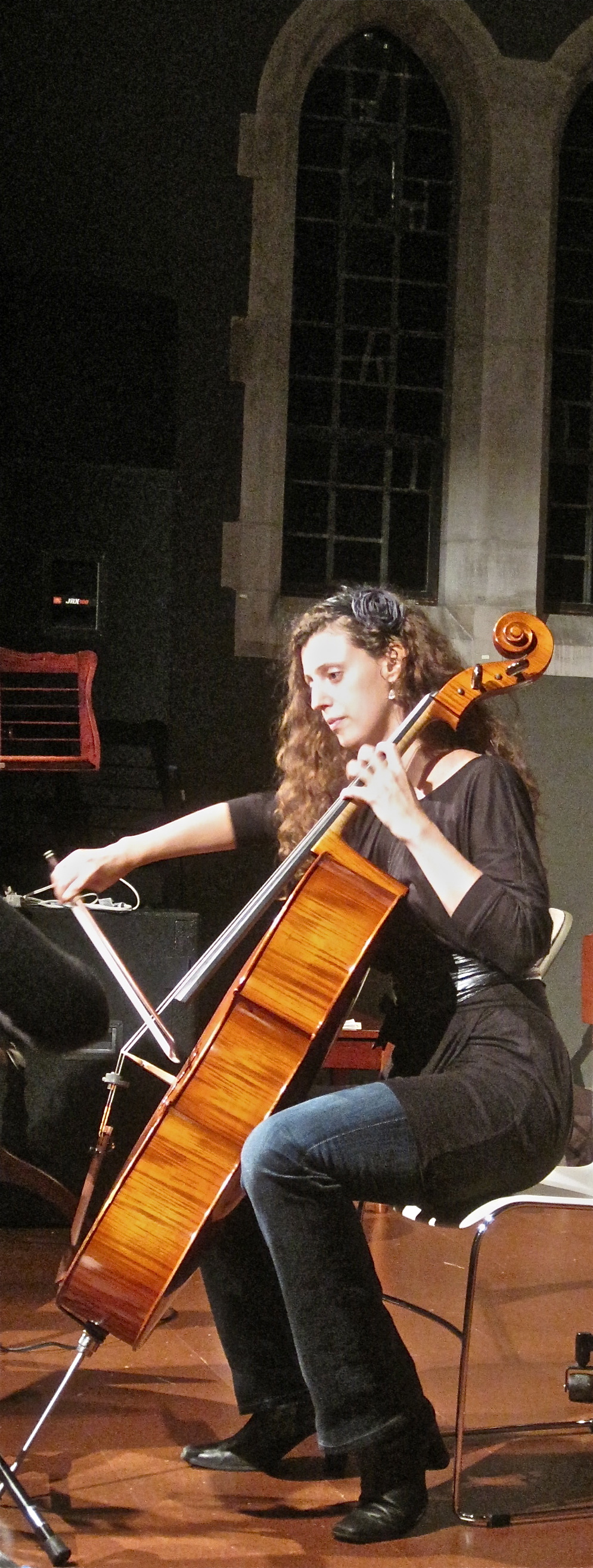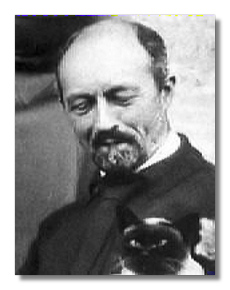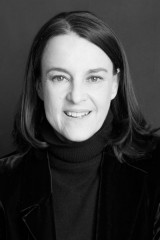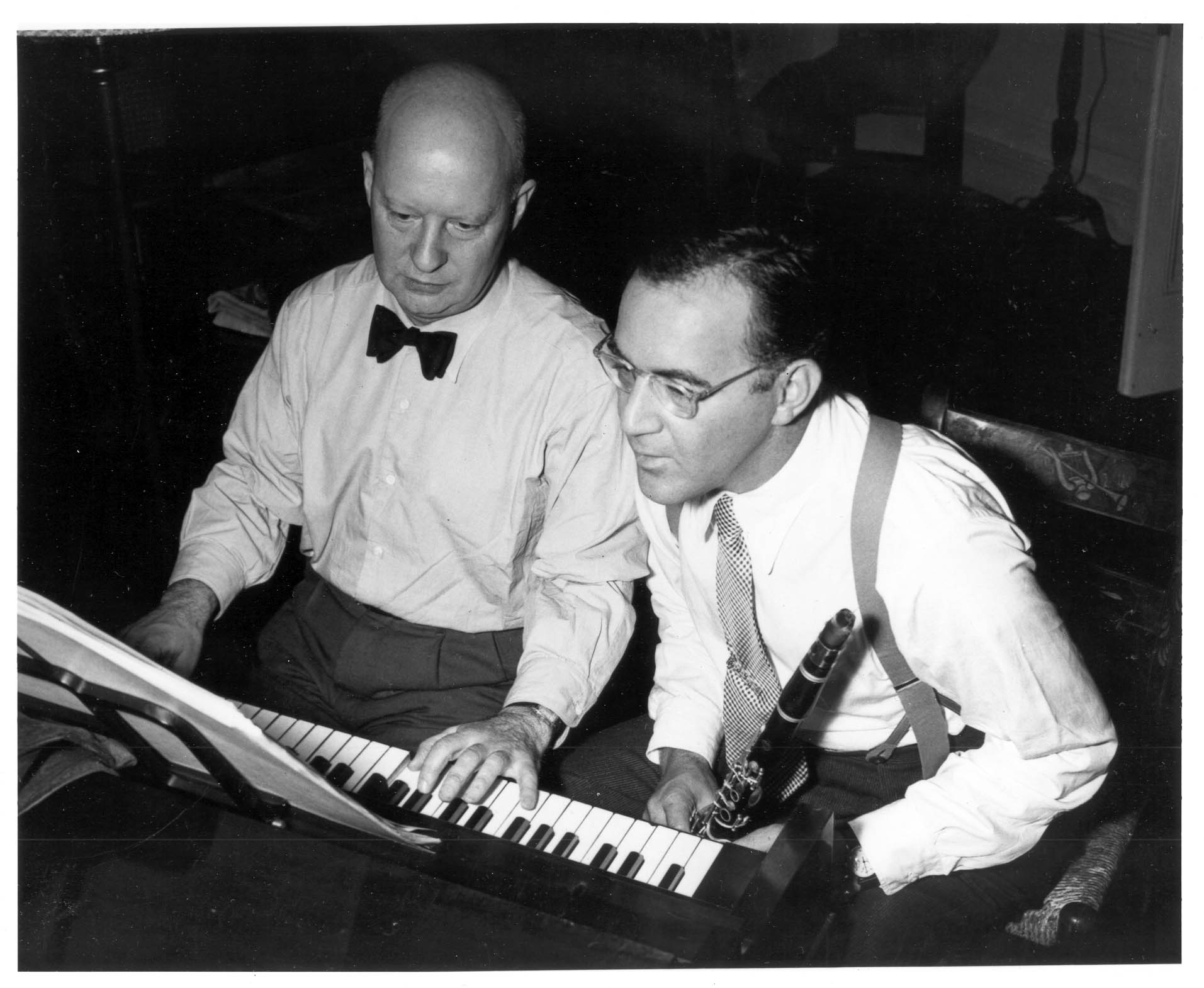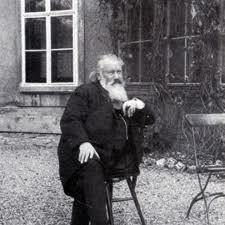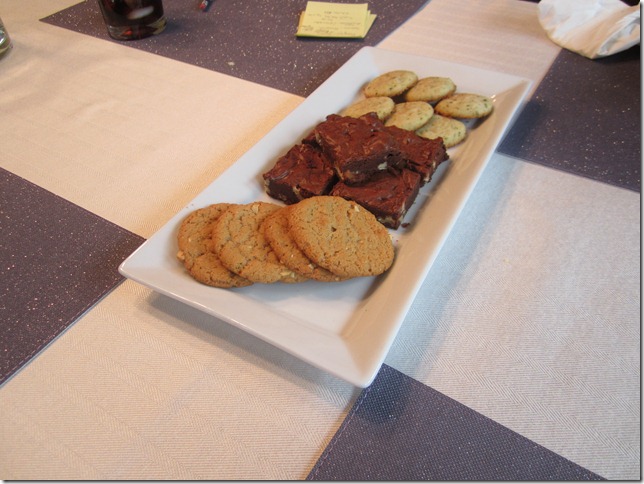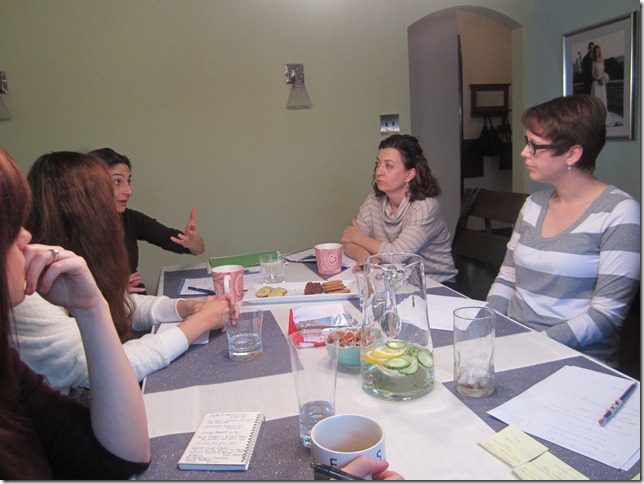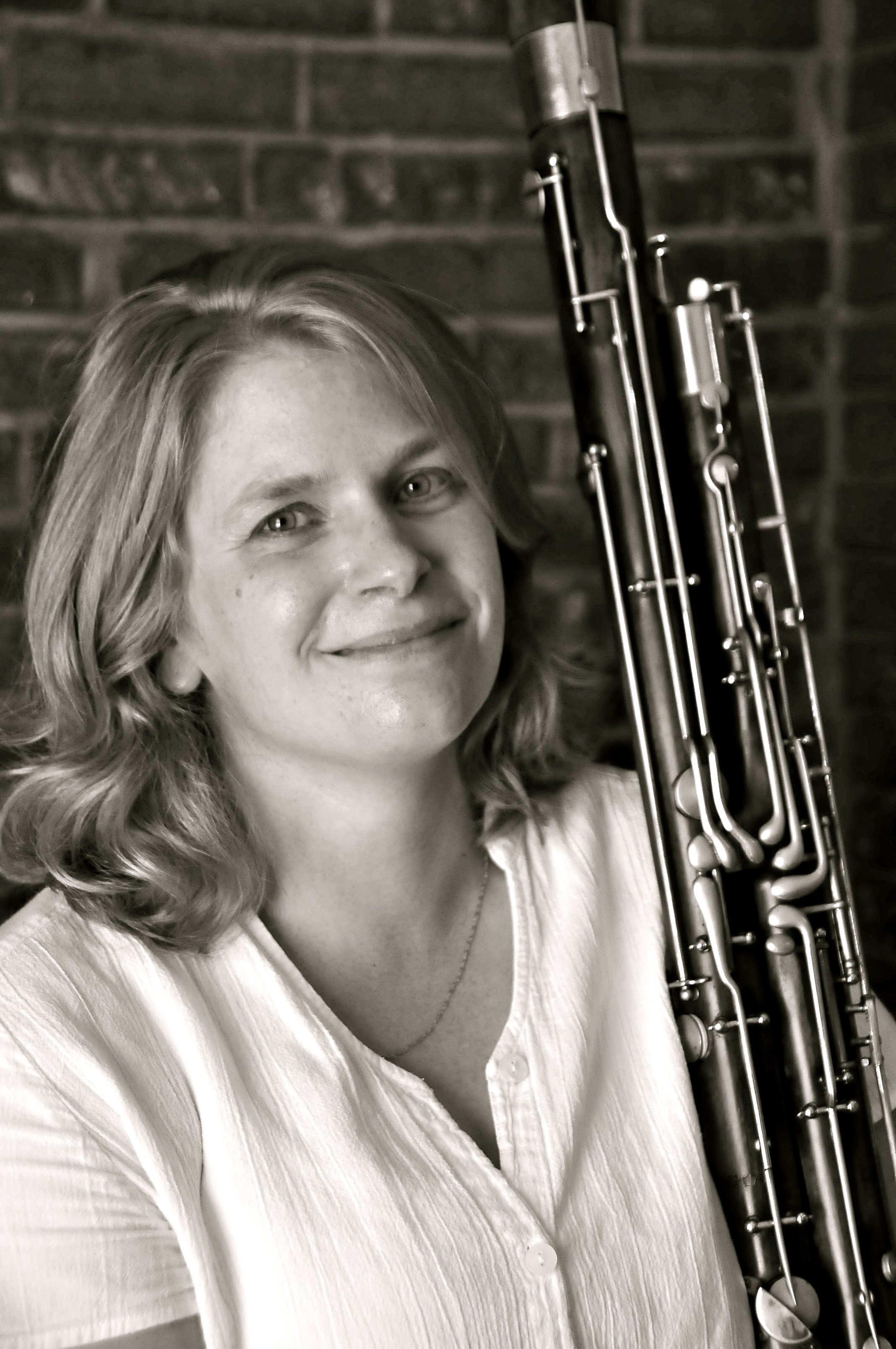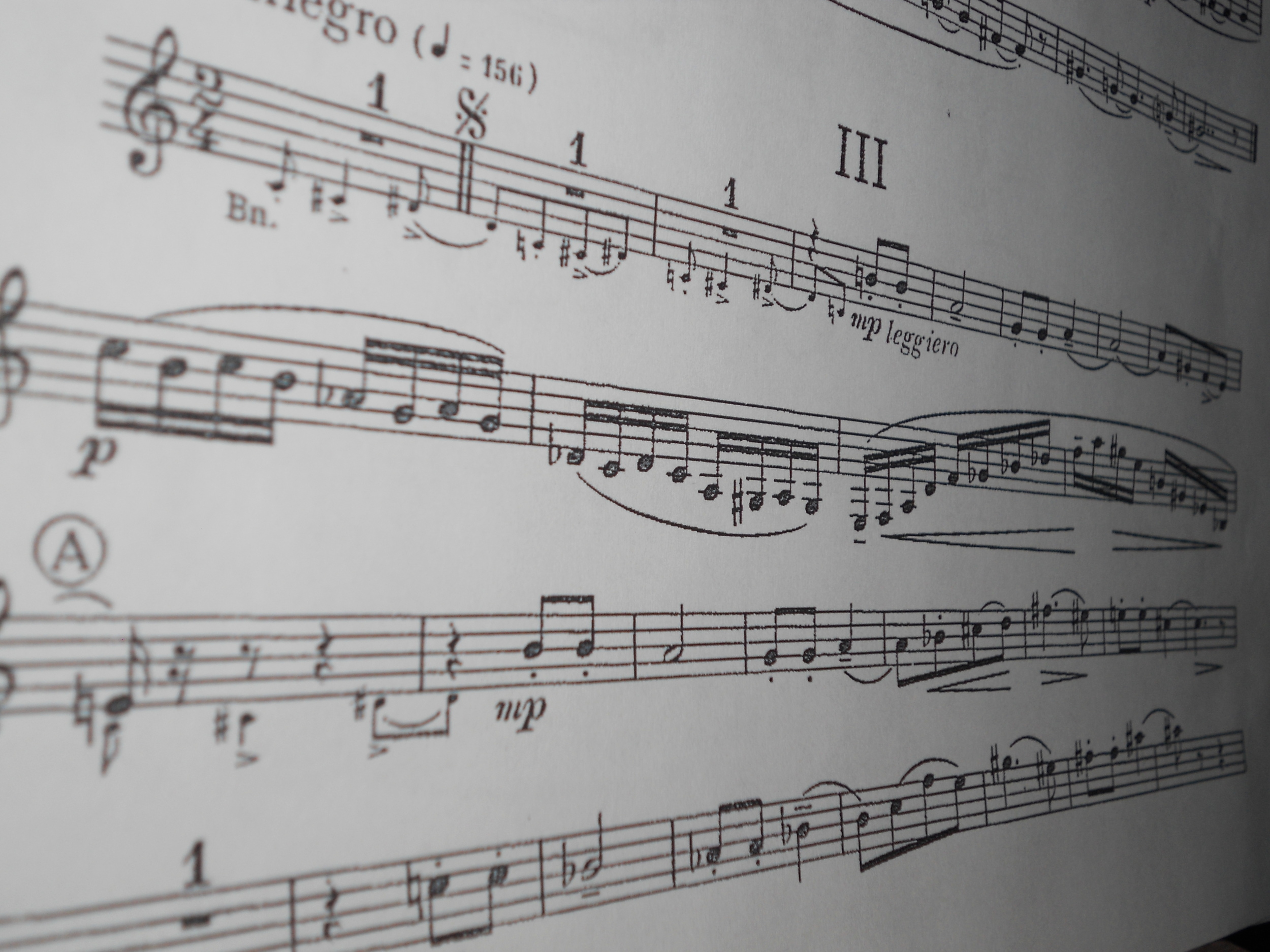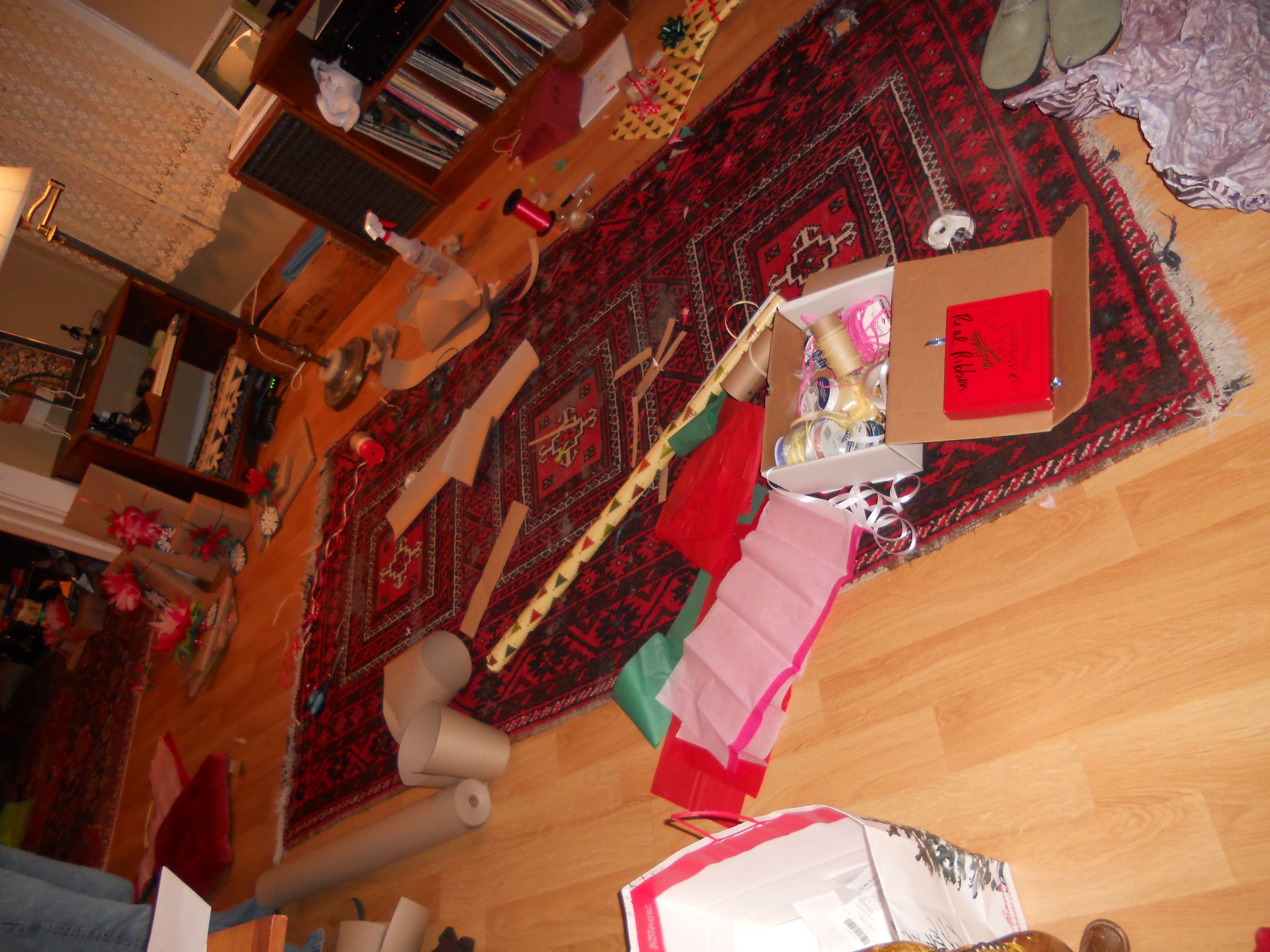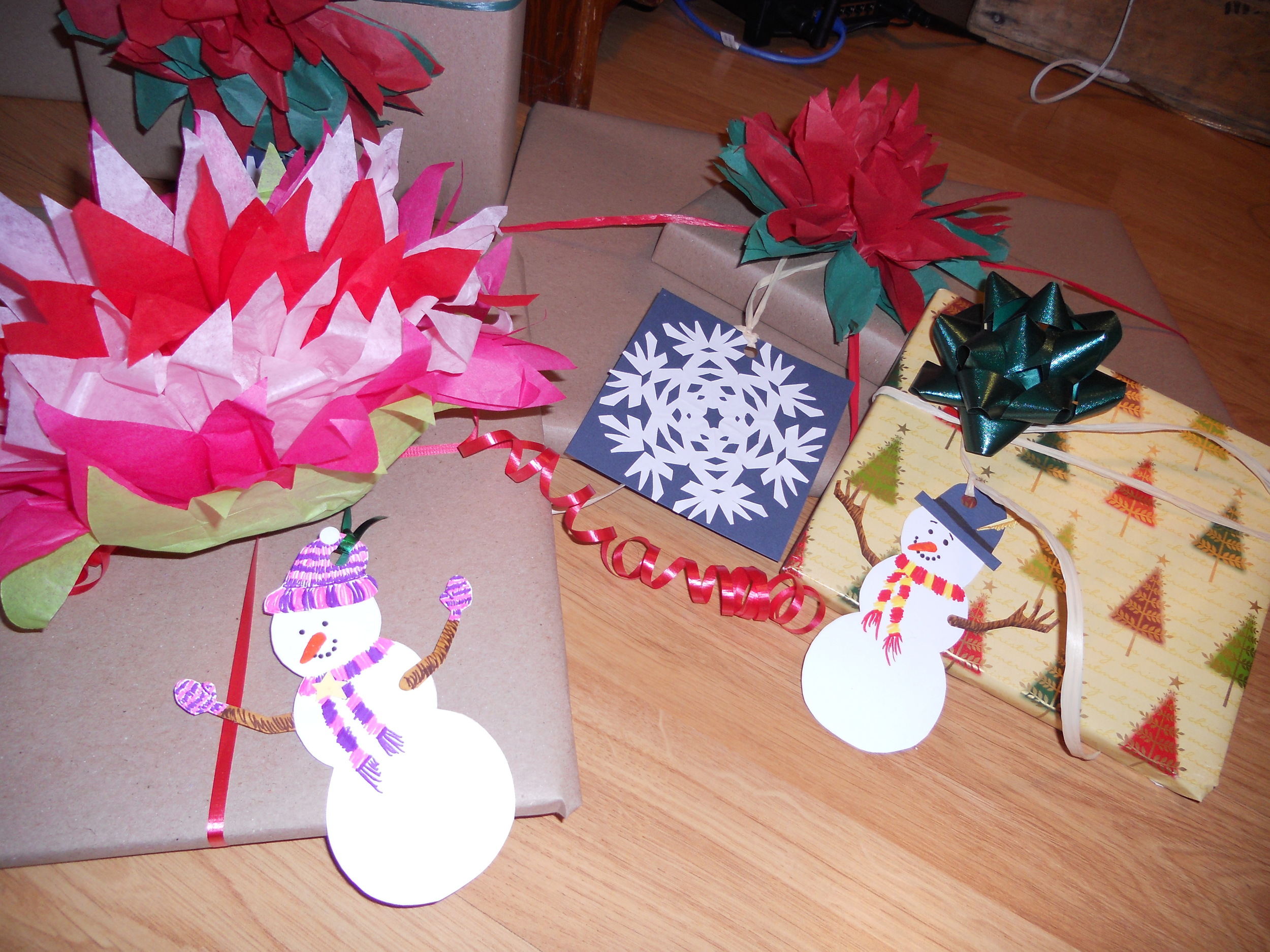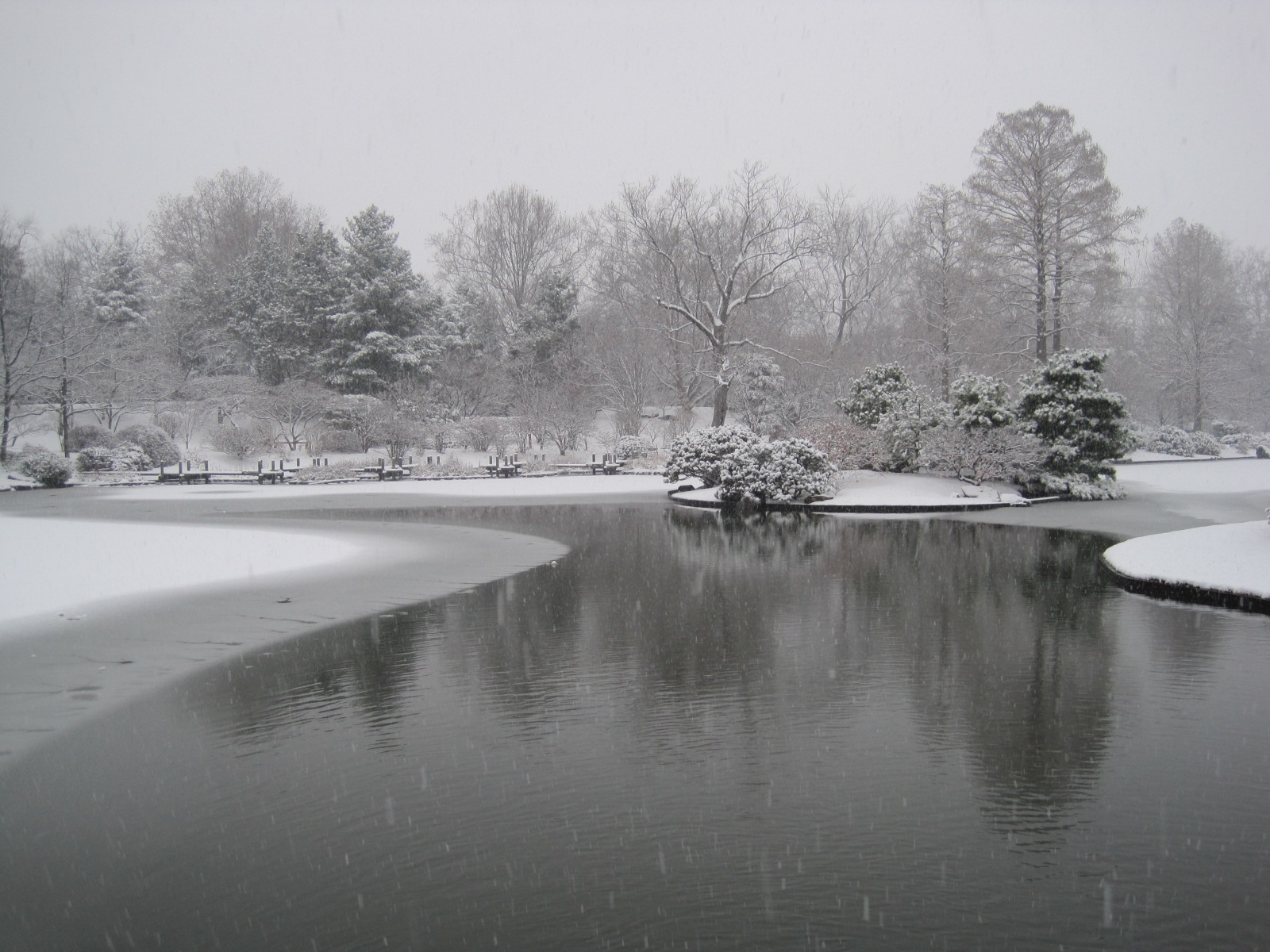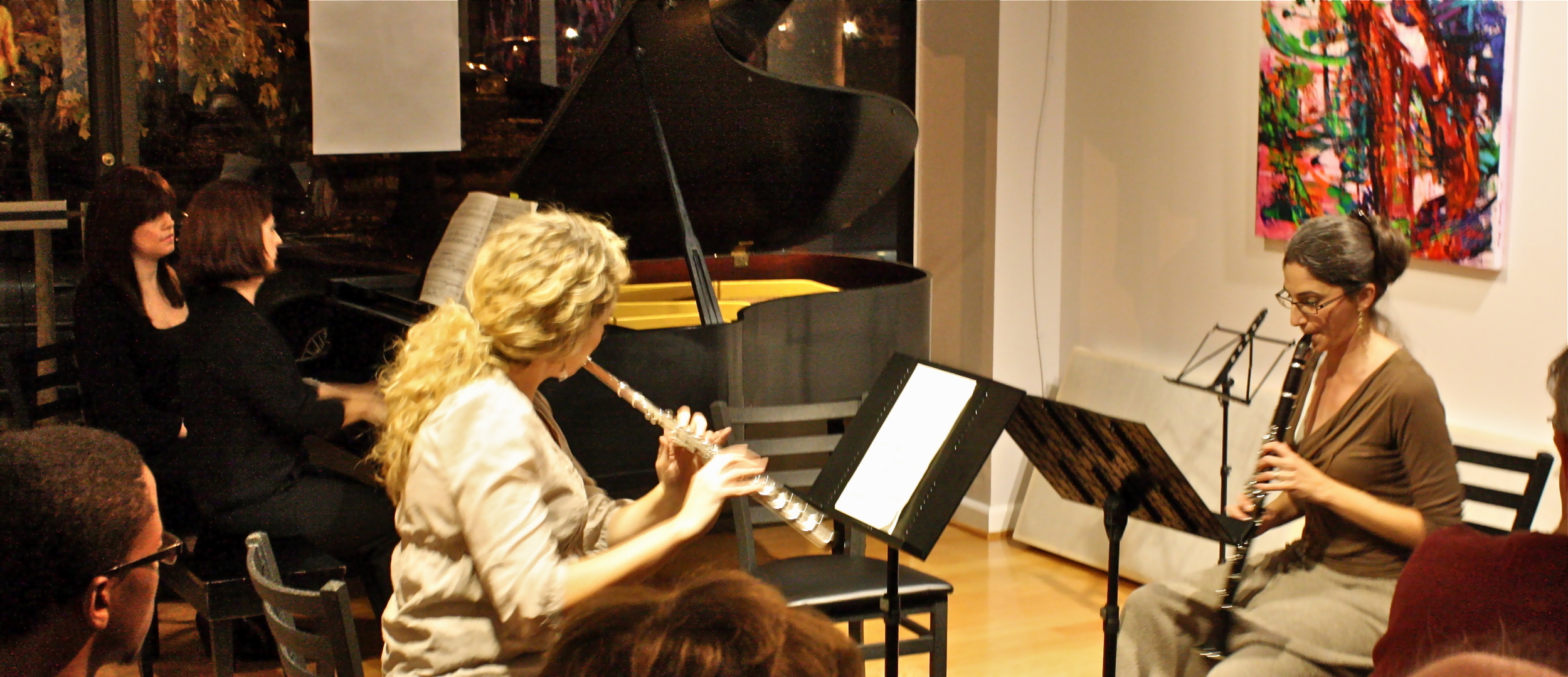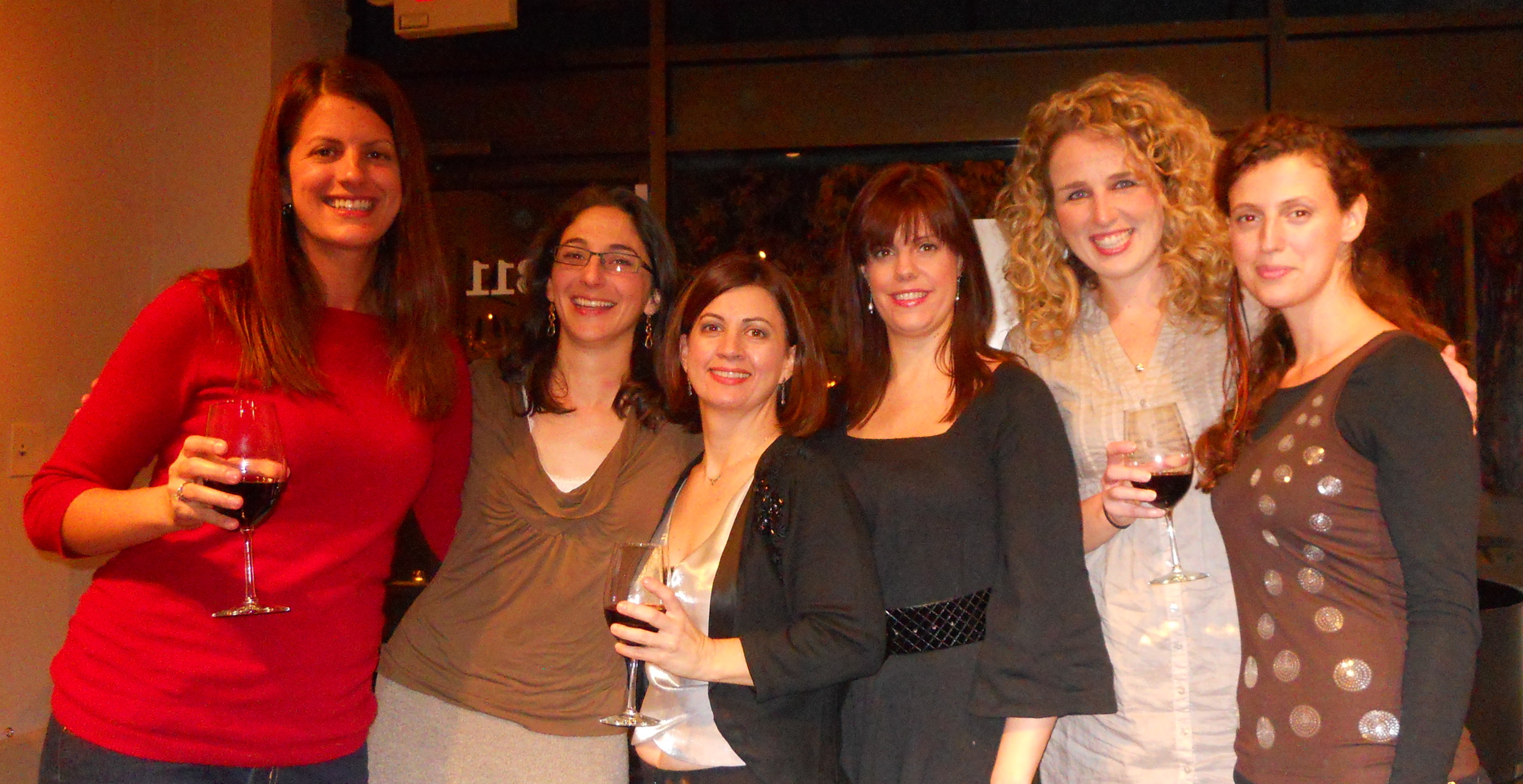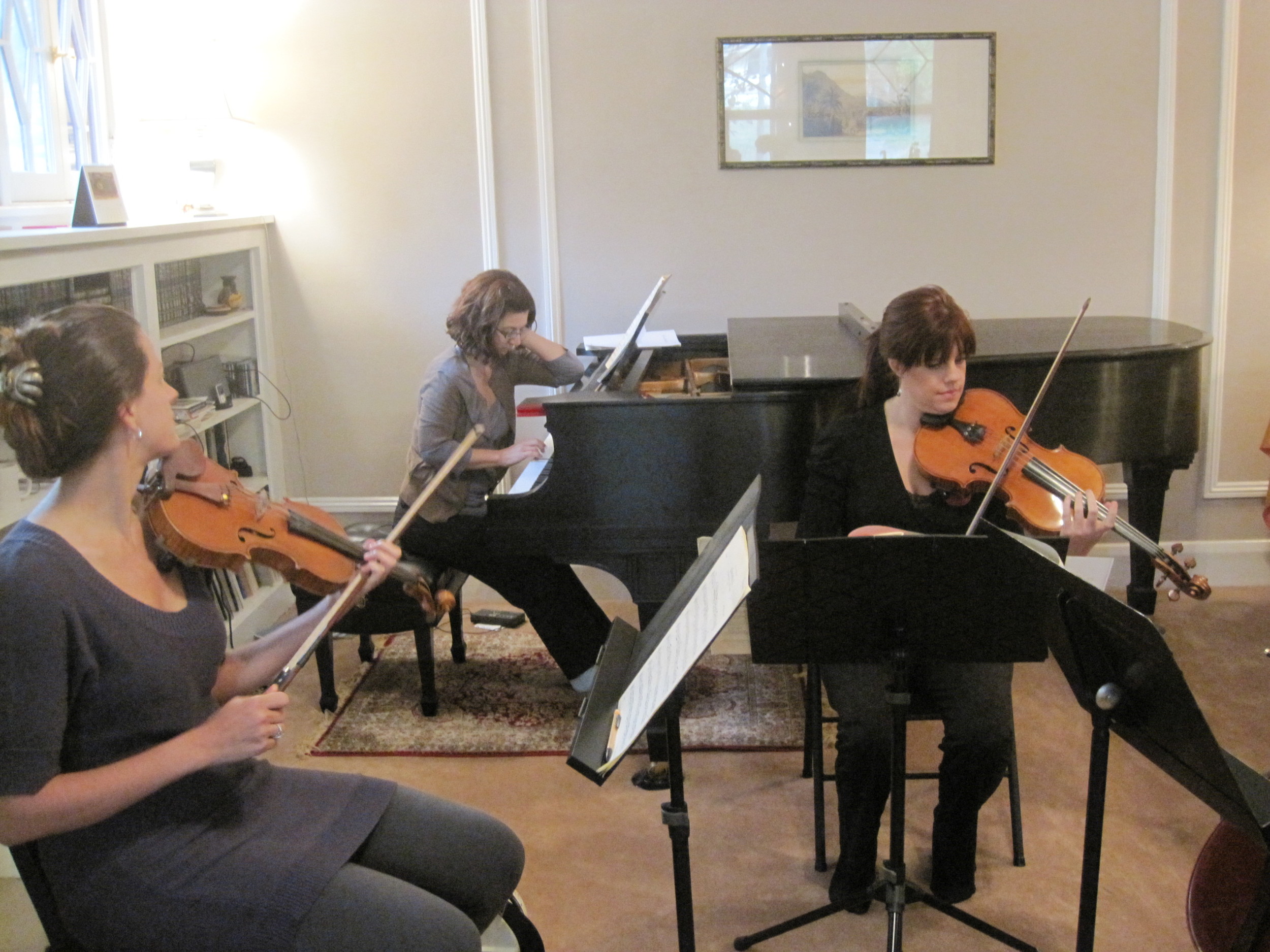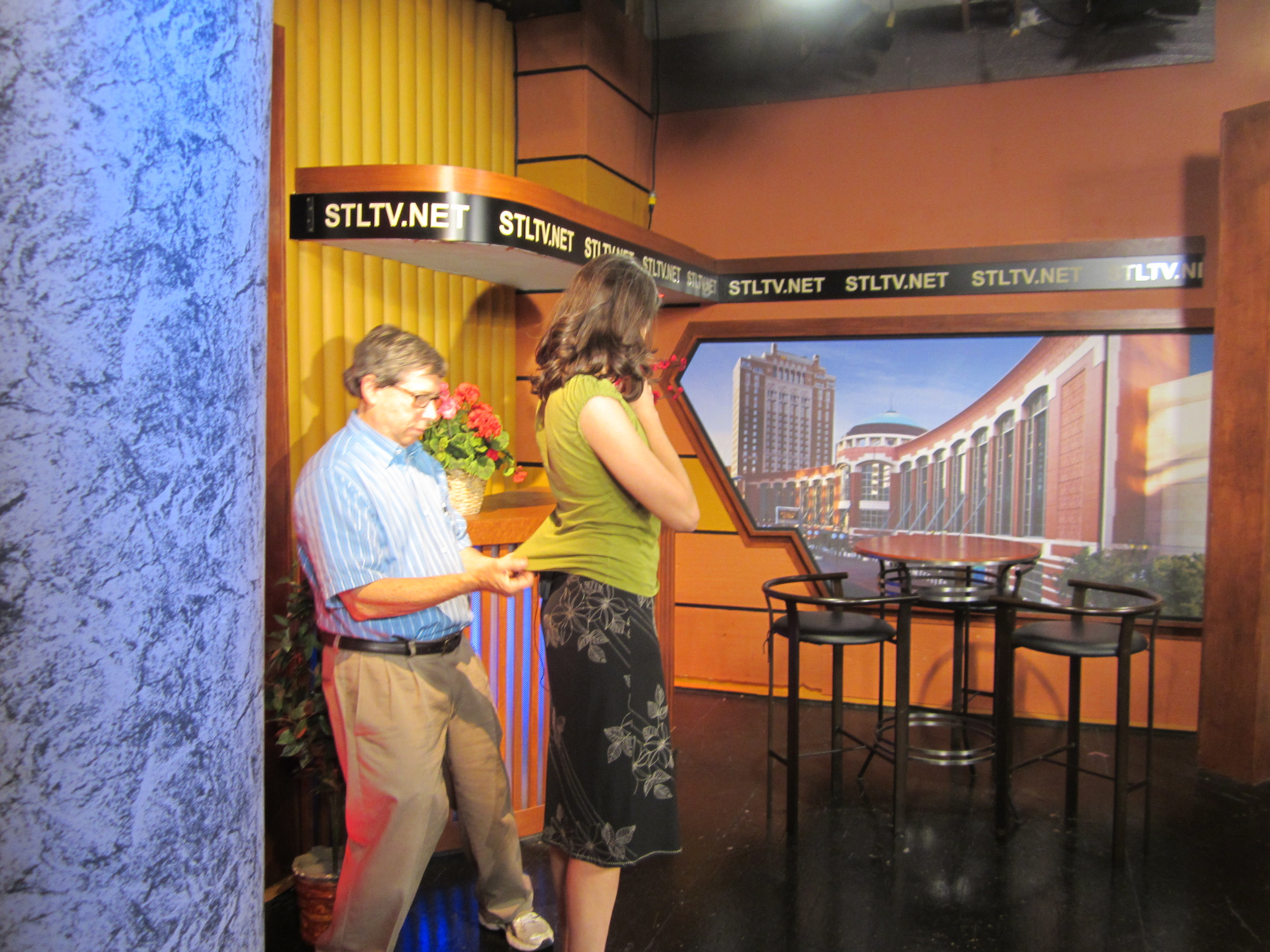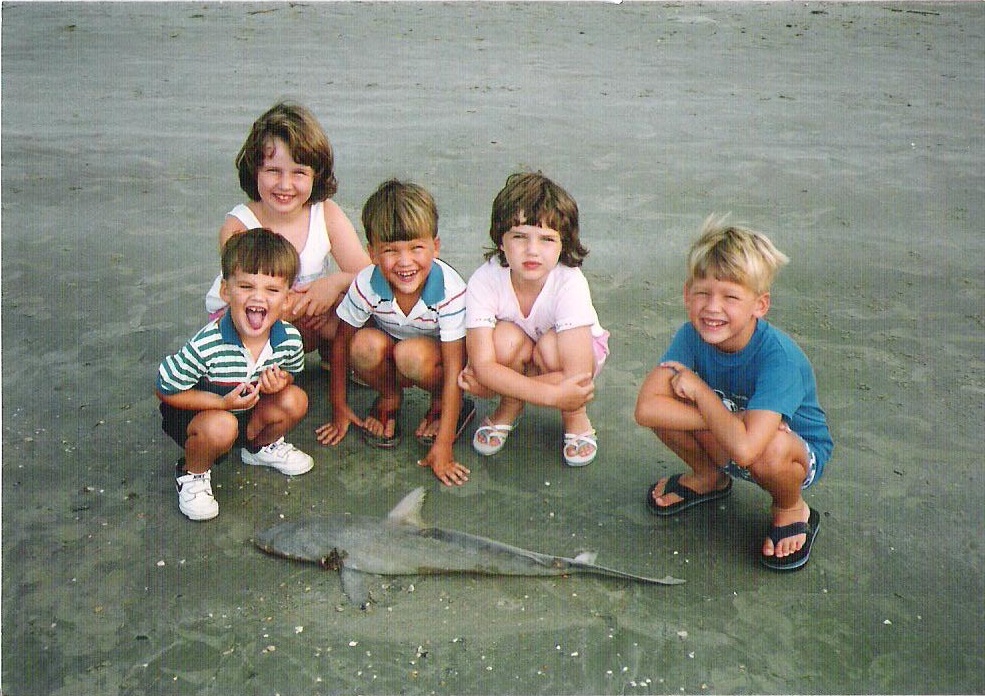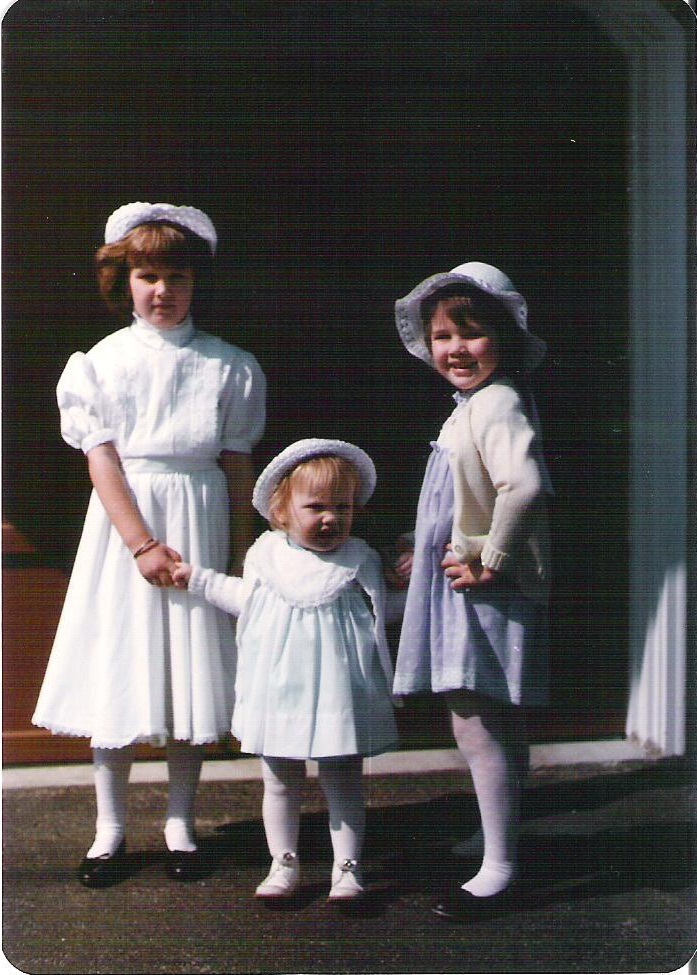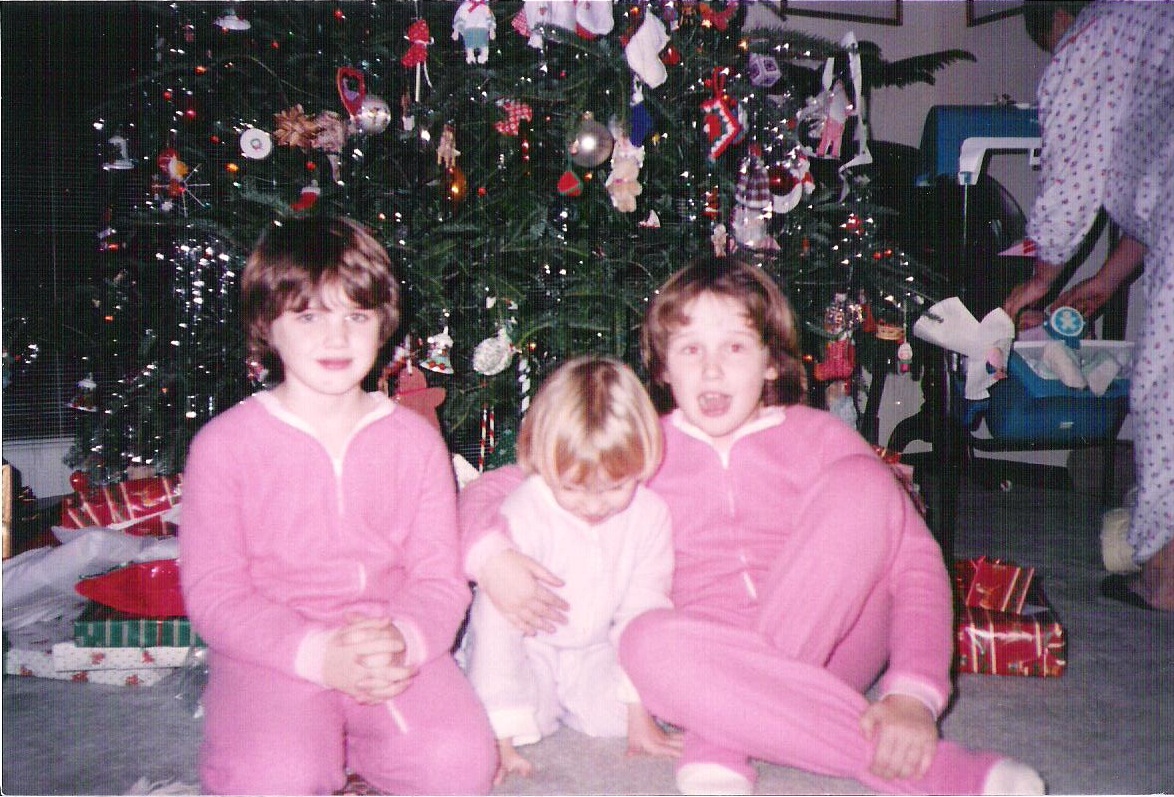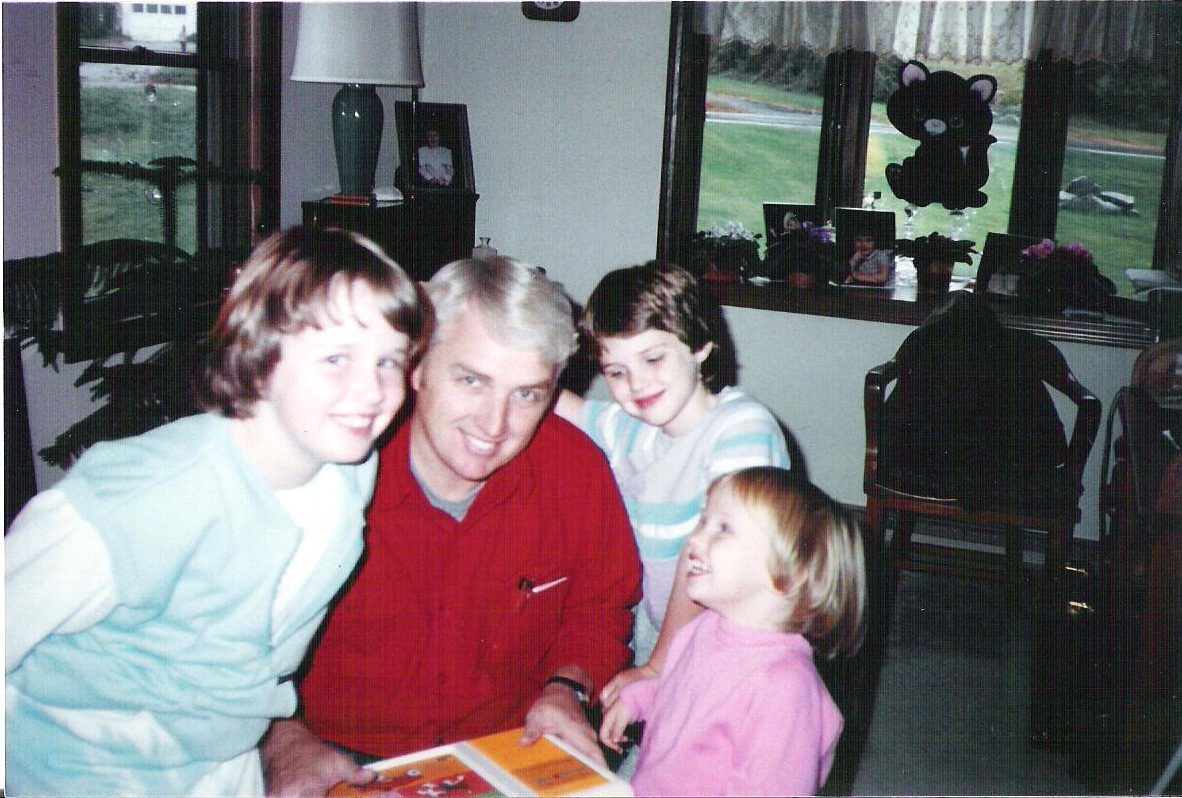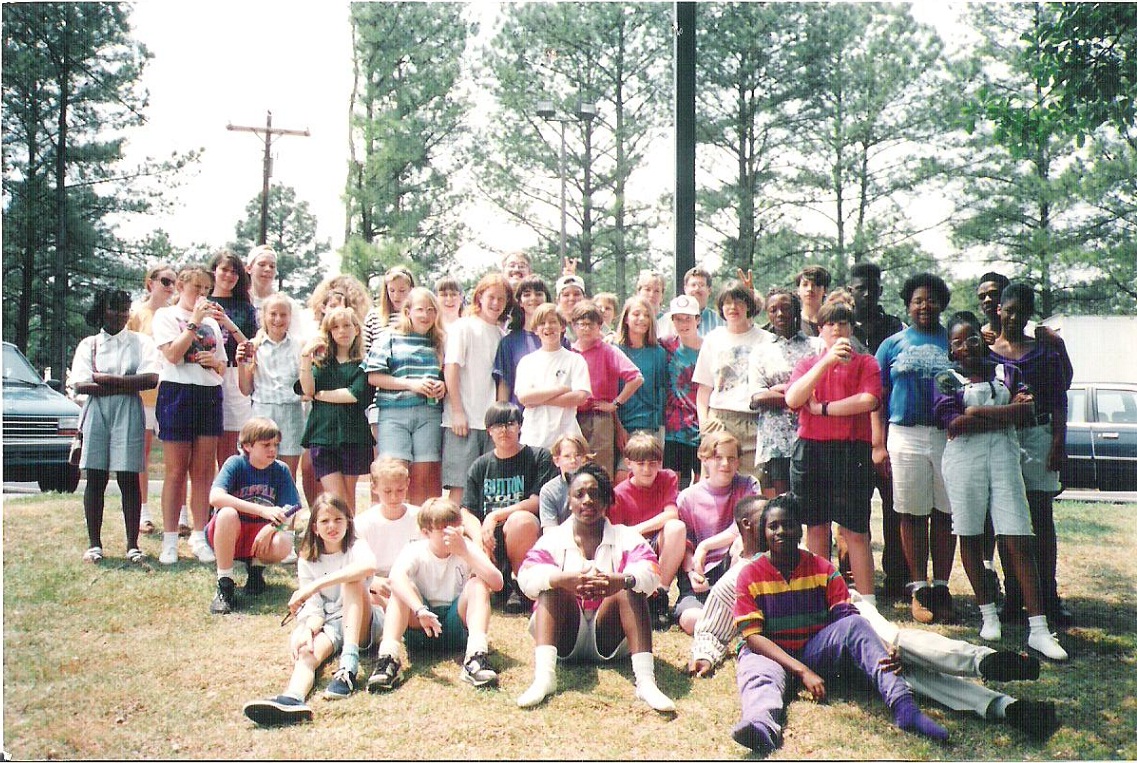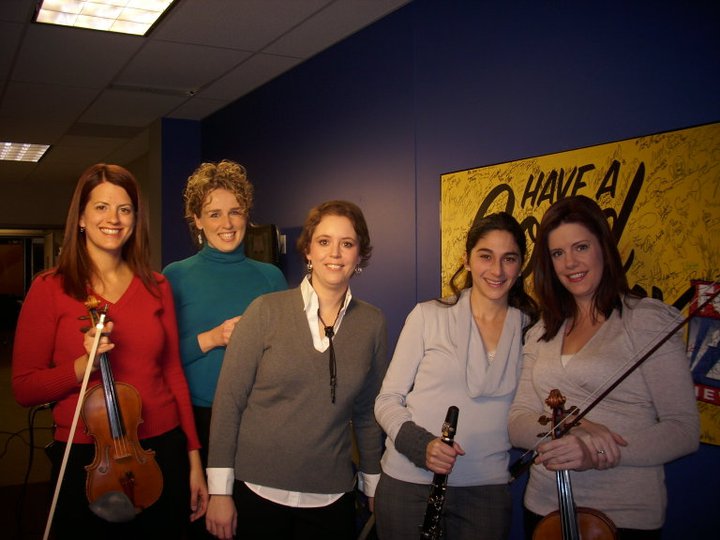Gods on the Ceiling
/What do our musicians think about the music for our concert on Friday April 13? Read on to get the inside scoop on this program with the mystery name, "Gods on the Ceiling." If there is a music word you don't understand, we have a short dictionary at the end of the post. PROGRAM Cherubs on the Ceiling by Paul Hayden Duo No. 2 by Bohuslav Martinu Adria by Christain Lauba Clarinet Quintet by Johannes Brahms
MUSICIANS Hannah Frey, violin Elizabeth Ramos, violin Chris Tantillo, viola Valentina Takova, cello Dana Hotle, clarinet Michael Holmes, saxophone Adrianne Honnold, saxophone
First, we hear from our guest saxophonist, Michael Holmes. He joins us from Champaign Urbana, Illinois.
Michael: Adria, written in 1985, is a very intricate piece that features many idiomatic compositional techniques specific to the saxophone. The composer, Christian Lauba, is well known for his avant-garde saxophone compositions. Lauba tends to explore many extended techniques, wide ranges of dynamics, and extended ranges of the saxophone in his compositions... this is certainly showcased in Adria. This composition, for two saxophones, is said to evoke the sounds of the Adriatic River which is sometimes tranquil and at other times agitated.
I think that a good composition has two primary objectives: tension and release. Adria certainly incorporates both of these objectives, and there are few moments that are extremely successful during the composition. My favorite moments of the piece are when the composer asks both of the saxophonists to play at extraordinarily soft dynamics and then creates very tight melodic lines with a hemiola (3:2) between the two parts. These moments create such a beautiful shimmer and texture... I hope that the audience enjoys them as much as I do!
Adrianne and I have had the great fortune to play to together in various ensembles throughout the years, but it has been many years since we have had the chance to play a duet together. I am delighted to be performing with Chamber Project St. Louis and with my dear friend Adrianne!
Next we hear from our clarinetist, Dana.
Dana: I've really been looking forward to this particular program all year. First of all, I love the name, and I love the crazy variety of music being showcased, and more than anything, I LOVE LOVE LOVE the Brahms Clarinet Quintet. I've been listening to the Brahms since high school. Over the years I've amassed more recordings than I care to admit, some of which I never even listened to until I started prepping for this concert. (A 1962 recording on vinyl by Members of the Vienna Octet, Alfred Boskovsky on clarinet, has become a favorite.) What is it about this piece that draws people in, and not just clarinet players? Well, from a musicians standpoint, it's quite a masterpiece - but even to the neophyte, this music can strike a deep chord. It begins with one of the most beautiful and plaintive melodies ever heard, and meanders from there into intense rhythmic exclamations, and then back and forth through a variety of emotions and intensities. There's a rhythmic drive in this movement that I love.
The second movement, which is incredibly difficult, is absolutely worth the effort. To me, Brahms better than anyone, can capture the feeling of nostalgia, the essence of memory, of being half asleep and half awake. This is what I love about Classical music, it can express these more subtle and complex emotions and experiences - far beyond just happiness and sadness. In this particular movement, the sense of nostalgia is so intense, it at times overwhelms me. As do the thousands of notes I have to play to pull it off. When I listen to it, I sometimes get intense color sensations (you know, that golden color that happens in the fall when the sun is setting, that color happens a lot.) When I'm playing it, I can't really think about that at all because the music is so difficult to play with either very slow, long phrases, or the embellished, dramatic ones with too many notes!
The third movement is a simple tune that wanders on and on like a beautiful spring afternoon, with a brief rainstorm in the middle - and the last section is a theme and variations which features each instrument. The entire work is cyclical - the beautiful and plaintive melody from the beginning comes back at the very end.
Brahms wrote this near the end of his career, when he was fully a master of his craft. You can hear it in the music, that this is written by a mature man, fully confident in his art. It's amazing really, when you look at a score and you realize that he thought about and wrote, by hand, every single note.
We finished our first rehearsal just a few hours ago, and I was so stunned at the beginning of rehearsal that I was actually playing the music and not just listening to it I kept messing up! I was also floored by how amazing our string quartet sounds!!! You don't want to miss this concert!
Finally, our violinist Hannah answers a few questions about the program.
What is your favorite piece on the program and why or what do you love about the piece you are playing? I am torn between the Brahms Clarinet Quintet and the Martinu Duo. Brahms is one of my absolute favorite composers, but (sorry Dana!) the [Brahms] Violin Sonatas are my first love. Quintets are tough for a self centered violinist like me, because I have to share the spotlight more than I'd like. Seriously though, the piece is absolutely genius, but I almost more prefer listening than playing (and yes, it's been on in my car for the past several weeks!). The Martinu on the other hand is so much fun to play. I've already performed it in March with Laura, and I'm really looking forward to playing it again.
What is the most challenging aspect of this program? Well, playing Brahms well is a weakness of mine. Perhaps it's a weakness for everyone...when he writes sotto voce I always freak out because I feel like a gorgeous soft sound is just hard to do. I'm much better at loud and bombastic! The other really challenging thing is this one run of octaves in the last movement of the Martinu. It's one of the most difficult technical passages I've had to play in a long time, and it happens twice. I've been practicing it every day, but it just never sounds the way it should. (Octaves, meaning two of the same notes, but one higher and one lower, and I have to use my first finger and my pinky finger while playing on two different strings and I have to move or shift my hand for EACH note. Fast.)
Is there a ‘magical moment’ for you in this music? You'll just have to watch my face to see. There's a place in the Hayden when the saxophone enters and it just cracks me up, the effect is so cool. Brahms is full of magical moments, though I have a couple favorites, like I said, watch my face and you'll know...and I love the second movement of the Martinu--it's so dark and icy, and reminds me a lot of some of my favorite Shostakovich Symphonies.
Any fun/interesting stories from rehearsals? ALWAYS. But I think it's hard to tell a story from rehearsal in a way that is interesting to anyone else. It's usually one of those "you had to be there" stories... I'll just say that it's always a challenging experience to work with my husband Chris [Tantillo, on viola]. We are both very passionate people and don't always work well together. We don't play together very often, and I think sometimes it can be tough for other people to work with us. I'm almost more excited about our Martinu [Duo for violin and viola] because we can rehearse without worrying about if our interaction makes other people uncomfortable! {Dana here: rehearsals have been great! It's so fantastic to work with such passionate, engaged players who are pushing each other to be their best!}
Have you learned something new or interesting from studying for this concert? It's the first time I've performed a piece with one player (the Martinu with Laura in March) and then had to perform it just two weeks later with a different person [Chris]. I already know how I want the piece [to sound], but the new collaboration makes me see it in a whole new light. It's really very fun, and one of my favorite things about music, which is also one of the things that most overwhelms me, is that there are a million right ways to turn a phrase. I always tell my students, "I don't care if you get louder or softer, or how you phrase this - really the only thing you can do wrong is to do nothing."
MUSICAL TERMS
avant-garde: A term generally used to describe art that is outside of the real of what is considered 'popular'. Art that pushes the boundaries of what art is.
dynamics: The volume - how loud or soft the music is.
extended range: Refers to notes that are not considered within the everyday usage of the instrument. Usually very very high notes, but can refer to the very lowest notes on certain instruments, like saxophone and bassoon. These notes usually require unusual fingerings and are difficult to play.
hemiola: A way to use rhythm. When an even and an odd (or, two odd) amounts of notes are played within the same amount of time, within one beat. In this case, one person is playing 2 notes while the other is playing 3.
idiomatic: When the music is written in a way that fits very well with the natural abilities and strengths of the instrument it is written for.
movement: Large pieces of music are usually divided into sections, like chapters in a book. Each with its own character(s). Typically, movements are organized in groups of three or four, with the first movement being fast, the second slow, the third dance-like and the fourth also fast. In a three movement work, the dance-like section will be omitted.
phrase: Like a musical sentence - it's a smaller section of music with a recognizable beginning, middle and end. To "turn a phrase", how you shape the phrase, placing emphasis on some notes more than others.
score: The score contains all of the individual parts. The performers have only their own music, they don't see what the other musicians are playing. A conductor uses a score.
sotto voce: Literally, "under voice". To intentionally lower the volume of one's voice to create emphasis. In music, it means to play softer in a particular way, usually with a degree of intensity. Sometimes when there are two melodies at the same time, the composer will indicate the slightly less important melody with "sotto voce" to make it clear to the musician.
theme and variation: A way to structure music, a "form". A melody is stated at the beginning, and the followed with variations on that theme. It's usually easy to pick out when the different sections begin and end because they will each have a unique character.





